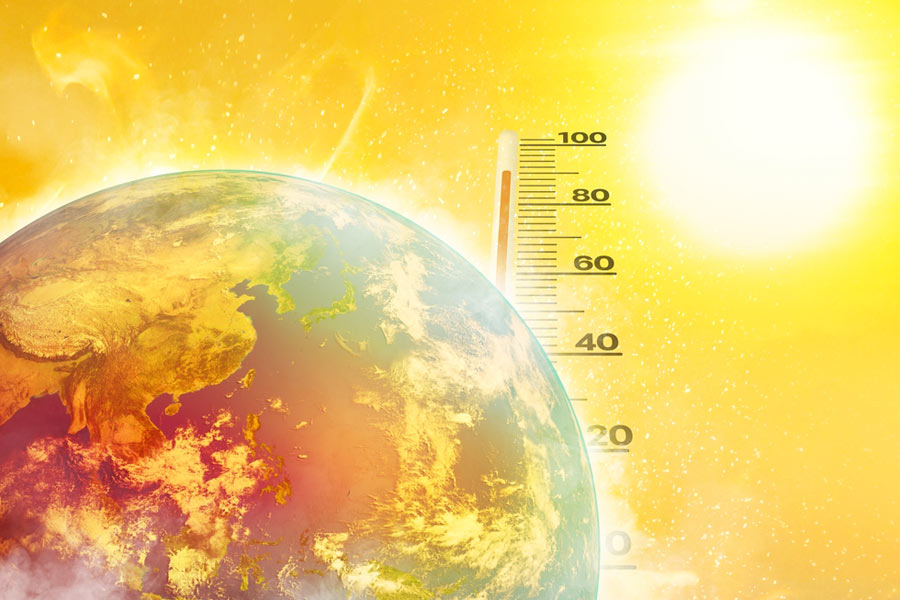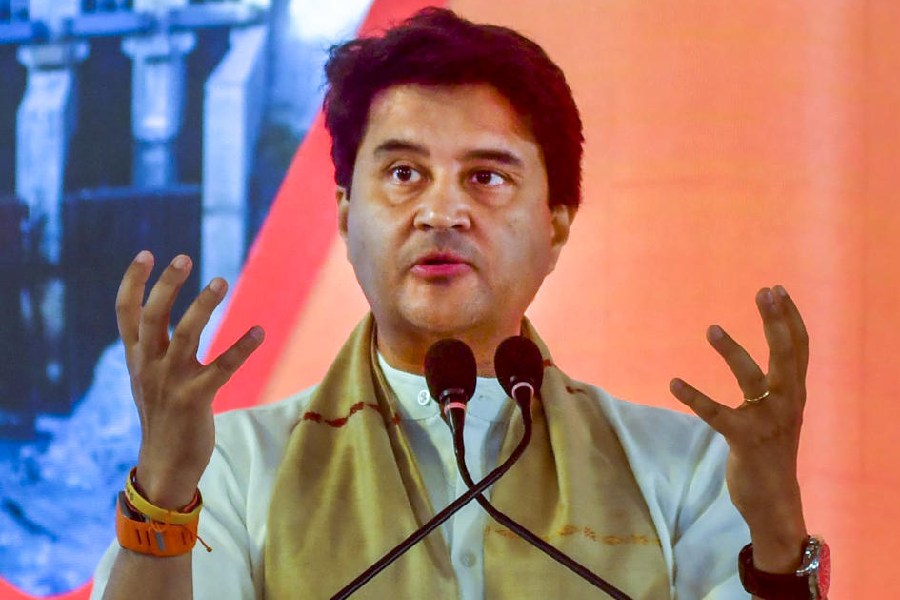There is nothing remotely funny about the climate crisis. Seas are rising, forests are burning, and governments are still courting fossil fuel companies as if none of this is happening. As the Earth crossed a crucial, irreversible climate tipping point his week, the scale of destruction seems too vast, the consequences too close, and the climate-deniers too influential for anyone to joke about the dismal realities. Yet, humour might be exactly what turns the tide in favour of the planet and its mostly indifferent inhabitants. This is the premise of the research being conducted by Aaron Sachs, a professor of History at Cornell University. Mr Sachs has studied popular mobilisations like the American civil rights movement and come to the conclusion that dark comedy, in particular, can play a powerful role during dark times. This is because the prevailing global discourse on the impending climate catastrophe has, albeit for understandable reasons, been panic-inducing. Given the enormity of the crisis, it mostly triggers the flight response in the human brain. Independent research, too, has shown that this
kind of collective despair can have a paralysing impact.
Humour is a potent way of breaking this inertia. Human history shows that wit has always found a way to speak about the unspeakable without crushing society’s spirit. In fact, humour, under such trying instances, could be both emancipatory as well as subversive. There are several examples that attest to this. The slaves of the American South, stripped of freedom and dignity, had forged jokes that revealed the absurdity of their oppressors’ world. The civil rights movement in the United States of America had its share of solemn speeches and martyrs, but it also employed mockery and hilarity to get people to rally for its cause. Jews in ghettos and camps cracked jokes about their Nazi guards, mocking the ideology that sought to erase them. During the suffragist movement, cartoons mocking male legislators’ anxieties about women voting exposed the absurdity of their arguments, inviting a broader constituency to question entrenched power structures. The climate movement should learn lessons from these historical precedents. Rather than relying solely on grim forecasts or catastrophic imagery, it can harness satire, irony, and absurdity to highlight corporate inaction, political hypocrisy, and cultural apathy that have deepened the sense of doom. A clever meme, a comic sketch, or even a stand-up comedy act can distil complex issues into relatable moments. When laughter lightens despair, it creates a brief but crucial window of reprieve that makes citizens more willing to engage rather than retreat.
Moreover, humour also has the unique ability to humanise activists and scientists, making them approachable rather than distant authorities issuing commands. The environmental movement’s public face has long been associated with apocalyptic warnings and moral outrage. These are certainly well-intentioned and scientifically sound but also heavy and exhausting. The modern anti-climate change movement has seldom been receptive to the potential of the comic, the kind that keeps people going even when the odds are unbearable. Gallows humour has always been about survival. The enslaved, the colonised, the persecuted — all knew that despair sans laughter can kill the soul. Laughter must thus re-emerge as the proverbial bridge between awareness and engagement.










